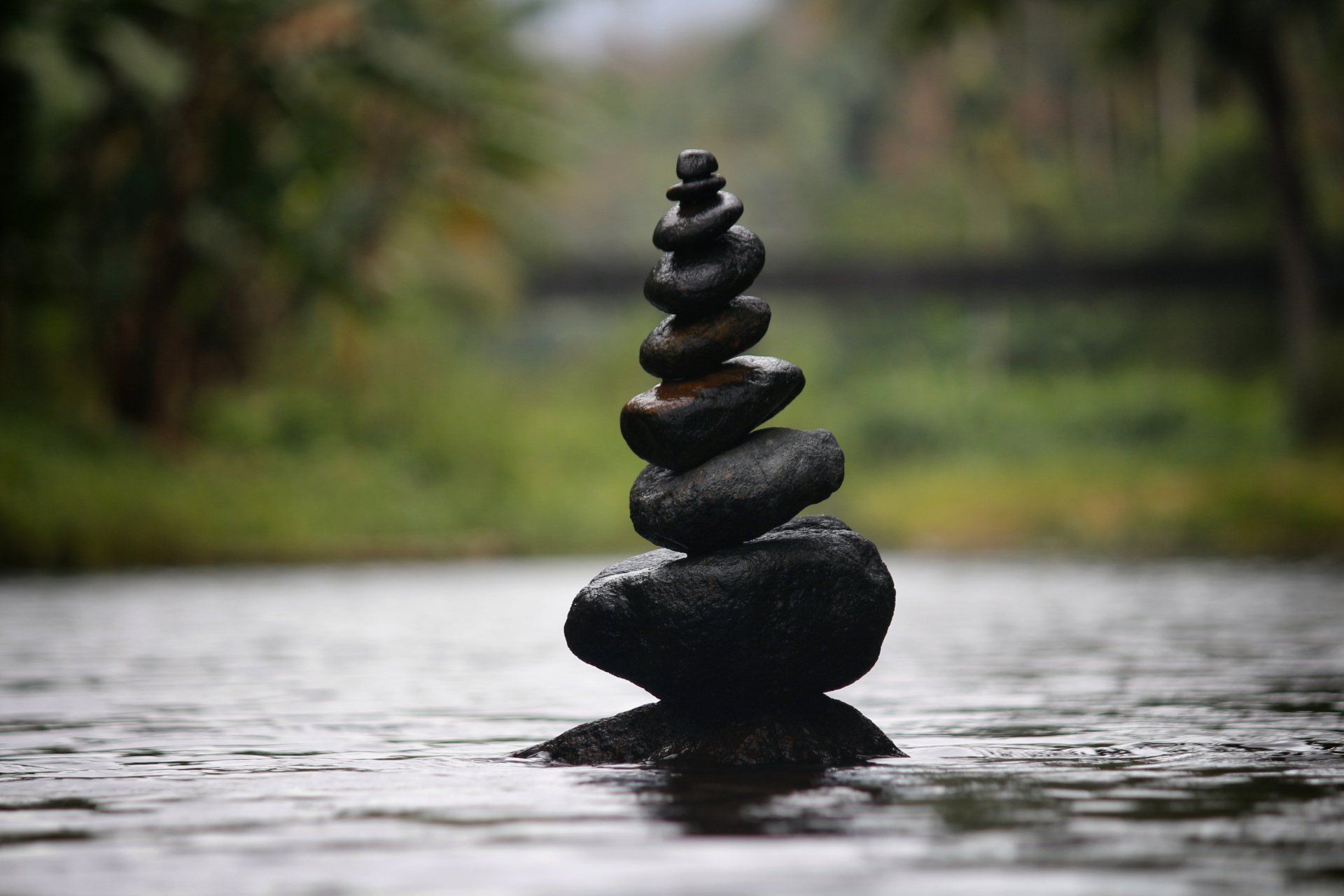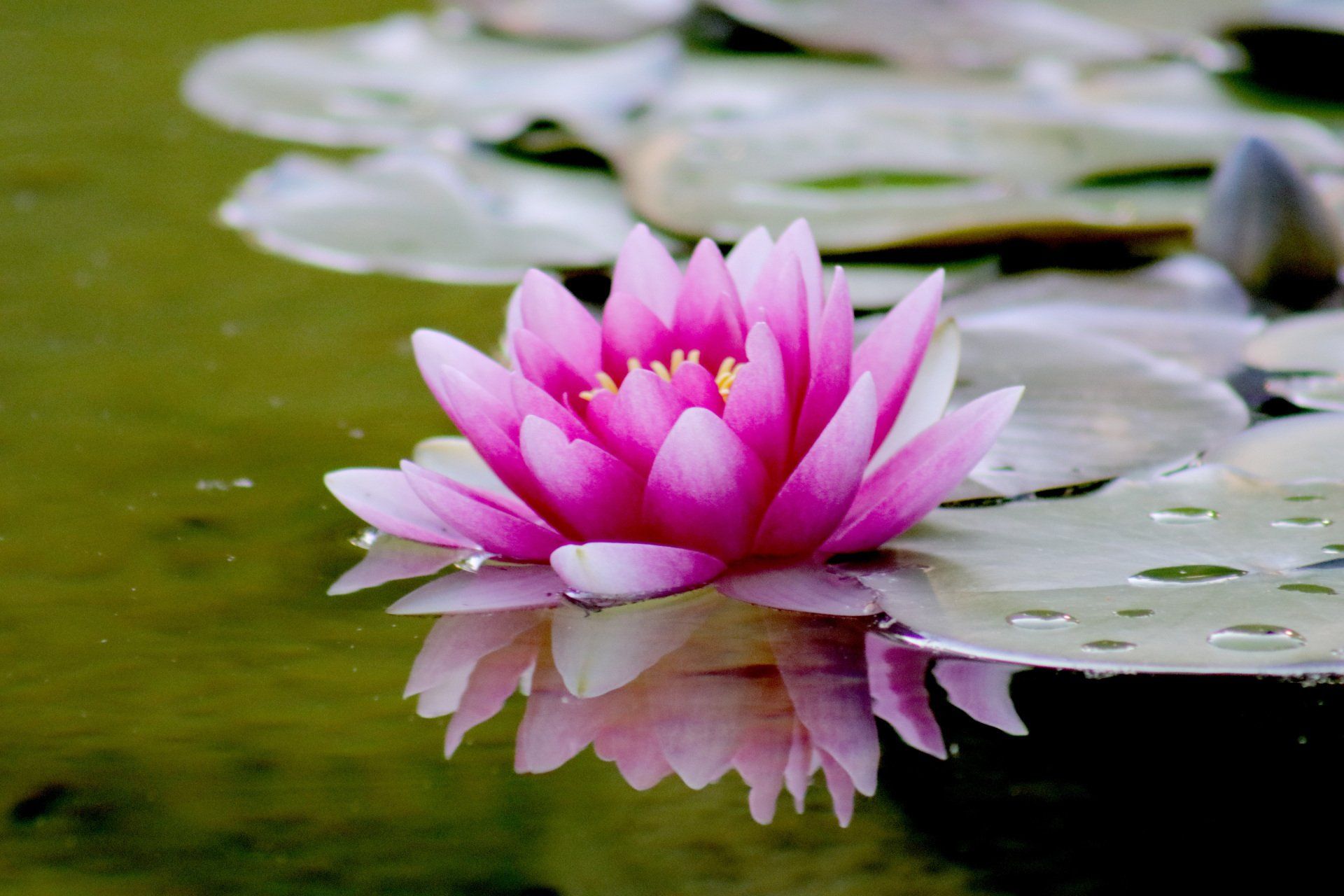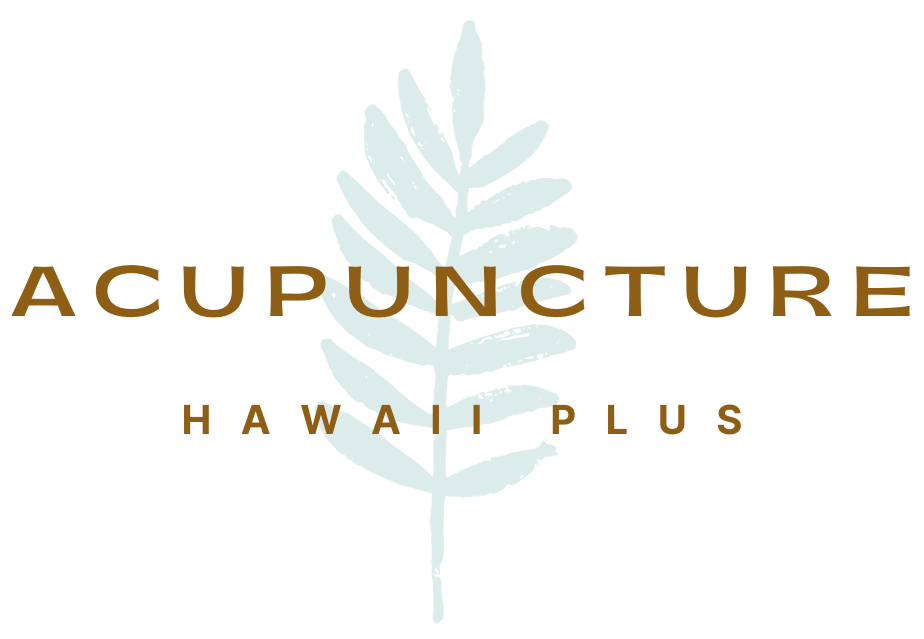Waianae Coast Aikido
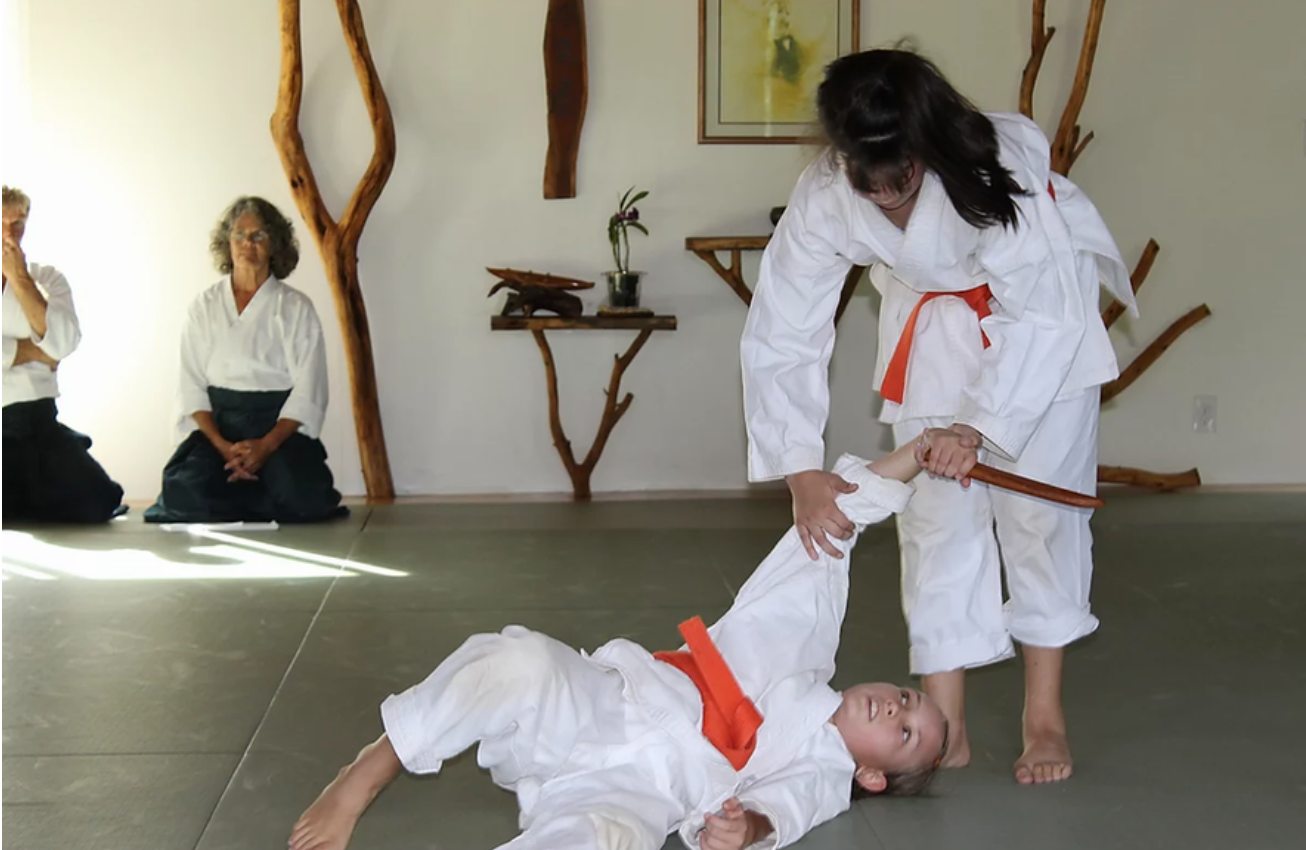
The mission of Waianae Coast Aikido and Movement Center as a 501c3 non-profit organization(46-5633731) is to cultivate and enhance the mind, body, and spirit of keiki and adults through the practice of the traditional non-competitive art of Aikido.
Aikido is a modern Japanese martial art that was founded in the early 20th century by Morihei Ueshiba. It is based on various ancient martial arts and techniques, but its philosophy and ideology are quite different from those of other martial arts. Aikido focuses not only on physical self-defense techniques, but also on spiritual and mental development.
One of the main principles of Aikido is to redirect an opponent's energy and use it against them, rather than meeting force with force. This makes Aikido a non-aggressive form of martial art. Instead of causing harm or injury to the opponent, practitioners aim to control and subdue them through precise and efficient movements.
How Does Aikido Work to Promote Inner Peace,
Harmony and Personal Development?
Aikido techniques involve joint locks, throws, and pins, which are used to neutralize an opponent's attack. These techniques require minimal physical strength, making Aikido suitable for people of all ages and sizes. In fact, Aikido teaches that true victory is not about overpowering an enemy, but about achieving harmony with them.
In addition to developing physical skills, Aikido also emphasizes the importance of mental and spiritual training. The founder of Aikido believed that true mastery of the martial art can only be achieved by cultivating a peaceful mind and harmonious spirit. Thus, Aikido training involves meditation, breathing exercises, and other practices to achieve inner balance and calmness.
Aikido also places great importance on etiquette and mutual respect among practitioners. This is reflected in its formal and traditional Japanese practices, such as bowing before entering or leaving the training area, and showing respect to higher-ranked practitioners. Aikido promotes a sense of community and harmony among its practitioners, fostering a non-competitive environment.
Furthermore, Aikido is not just about self-defense techniques but also has many practical applications in daily life. The core principles of redirecting energy, achieving harmony, and maintaining a peaceful mind can be applied in various situations such as conflict resolution, stress management, and personal growth.
Benefits of Aikido For Keiki
One of the lesser-known benefits of Aikido is its positive impact on children. Aikido offers a non-aggressive approach to self-defense that can benefit children both physically and mentally. Children who practice Aikido regularly develop better balance, coordination, and flexibility. The techniques involve fluid movements that require the use of different muscle groups, promoting overall physical fitness. Aikido also helps in developing a strong core, which is essential for maintaining good posture and preventing injuries.
Aside from these physical benefits, Aikido can also improve children's self-confidence and self-esteem. As they learn to execute the techniques with precision and control, they gain a sense of accomplishment and pride in their abilities.
Xavier Staub
Shihan Aikido Blackbelt Instructor
For much of my aikido career I was known as Bill Staub. Ten years ago, after moving to Hawaii, I began to use my middle name, Xavier.
I began the study of Aikido in 1974 at the University of Massachusetts, Amherst. My first teacher was professor Ty Uno, along with his senior students Paul Sylvain and Lorraine Di Ann. When they all went off to Japan, I became a live-in student of Mutsuko Minegishi Sensei of the Nonotuck Aikikai in Northampton, Massachusetts.
Minegishi Sensei expanded my training to include weekend seminars and summer camps with Yamada Sensei of New York and Kanai Sensei of Boston. During these years, all testing was done at summer camp. Prepared by Minegishi Sensei I successfully went from 5th kyu to 2nd kyu promoted by Yamada Sensei and Kanai Sensei.
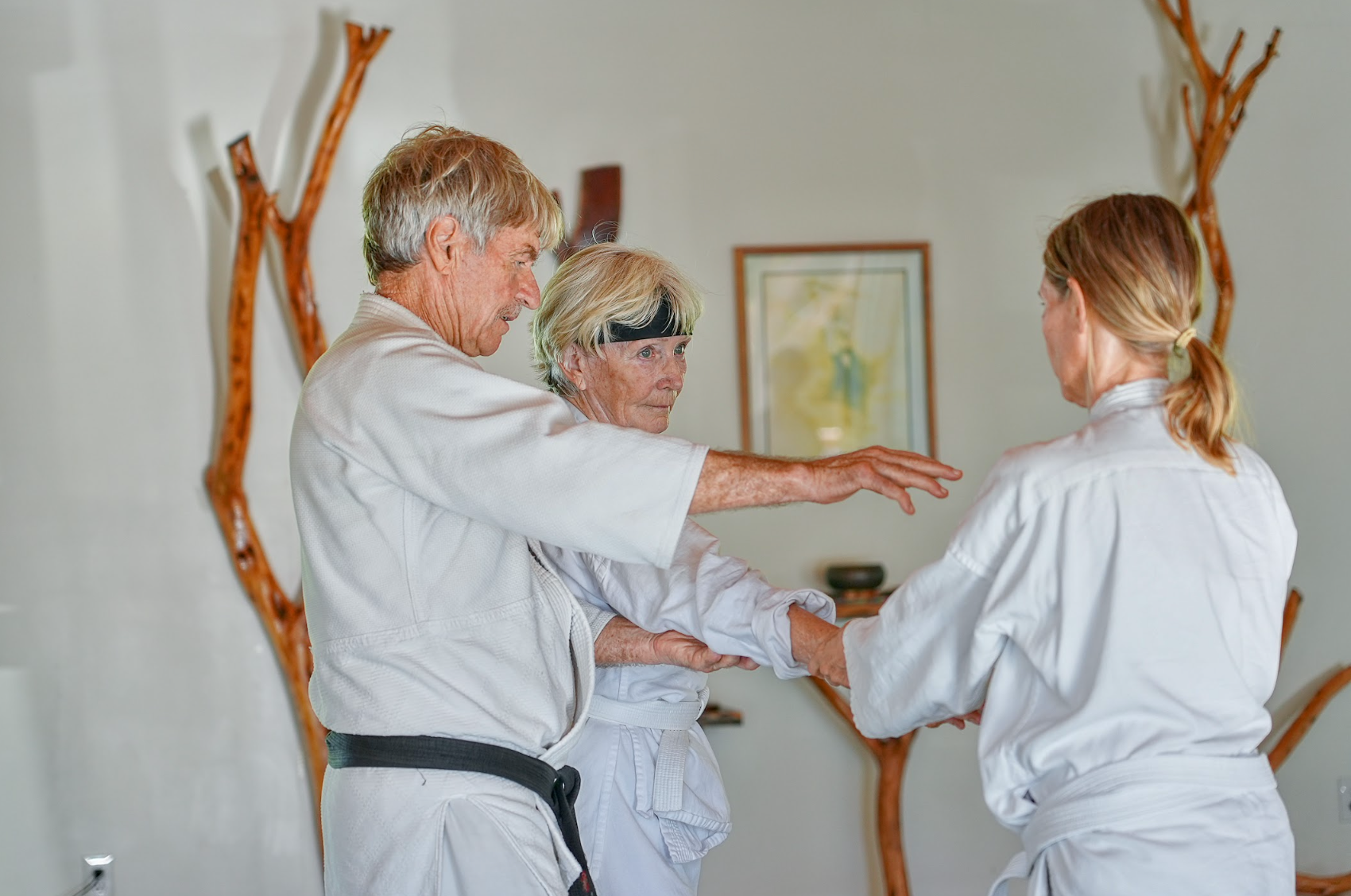
Minegishi Sensei went to Japan and I was accepted by Kanai Sensei as a student of the New England Aikikai in Boston. I was promoted to 1st kyu by Kanai Sensei during this time. I subsequently moved to California and was accepted by Chiba Sensei at the San Diego Aikikai where I was promoted to black belt through 4th Dan.
I left San Diego for Santa Barbara, where along with Geraldine Louise Tremblay, the Santa Barbara Aikikai was created. During these years I was promoted by Yamada Sensei to 5th and 6th Dan. After passing the Dojo on to the Senior Students and moving to the Waianae Coast of Oahu Hawaii, I can now be found welcoming all comers to train at the Waianae Coast Aikido and Movement Center as a Shihan, where I teach and learn.
Geraldine "Louise" Tremblay
Aikido Blackbelt Instructor
I began my study of aikido in 1977 in Quebec, at Montreal Aikikai with Sensei Massimo Di Villadorata. I received a Bachelor of Arts degree in Communication. I received graduate training in Social Psychology and earned my teaching credential in Quebec where I taught for 20 years in the public school system and part time in College and University.
In 1981 I moved to California to continue my training with Chiba Sensei at the San Diego Aikikai where I received my black belt through 4th Dan. I also got certified in Shiatsu and in Brain Gym.
As co-creator with William Xavier Staub and instructor of aikido of Santa Barbara , I was promoted to 5th and 6th Dan and Shihan by Yamada Sensei.
Upon leaving the Santa Barbara dojo to the seniors students, I moved to the West Coast of Oahu in Hawaii where I currently teach and enjoy Aikido at the Waianae Coast Aikido and Movement Center.
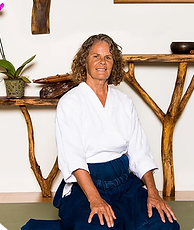
Aikido Is For All Ages
Aikido is a martial art suitable for people of all ages and physical abilities. It does not rely on strength or speed, making it an excellent form of self-defense for anyone. Aikido also promotes mental and emotional well-being, as it teaches practitioners to remain calm and centered in the face of conflict. Aikido training typically consists of warm-up exercises, basic techniques, partner practice, and cool-down stretches.
It can also improve balance, coordination, and flexibility. Aikido training typically involves partner exercises and techniques that are practiced in a controlled environment. The emphasis is on mutual respect and cooperation rather than competition. Beginners usually start with basic movements and gradually progress to more advanced techniques.
Aside from self-defense, Aikido techniques can also be used for physical and mental fitness, stress management, and personal development. The principles of Aikido can also be applied to daily life situations, promoting a more harmonious and peaceful outlook. Aikido is a way of life that promotes physical, mental, and emotional balance.
